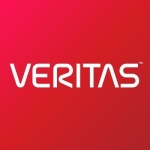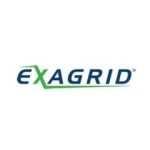- Reliability
- Rich features
- Ease of management
- Excellent support
A reliable and easily managed storage system is a key performance factor. The system also has more features than we require.
Naturally, there would be room for improvement. As I see it, there could be more interfaces, more cache, etc., but those challenges are solved by just getting some other model.
No issues, as expansion was a breeze.
We do use third party support. On a scale of one to 10, I would rate the support to be an eight.
During the years, we have had quite a few storage solutions, none of which did give us the same level performance, reliability, and manageability as the FAS-series has.
The initial setup was quite easy and pleasing. Just enter some key values and there you go.
For a number of years now, purchasing a storage system has been actually purchasing software. There is no plain storage anymore, more or less intelligent software solutions. Thus, licenses are required to fulfill the business demands. One considering between different storage system should carefully investigate what software options they get bundled in and what optional software they actually would need. Most storage vendors also have software, or licensing bundles, which may offer the required licenses considerably cheaper, but do also maybe offer licenses, which are not needed.
No other solutions were evaluated at the time. Actually, this system was familiar to use and fulfilled the business demands.
You really can't go wrong with NetApp products, They perform well, are rock solid, offer good space saving technologies, and the support is above par.







